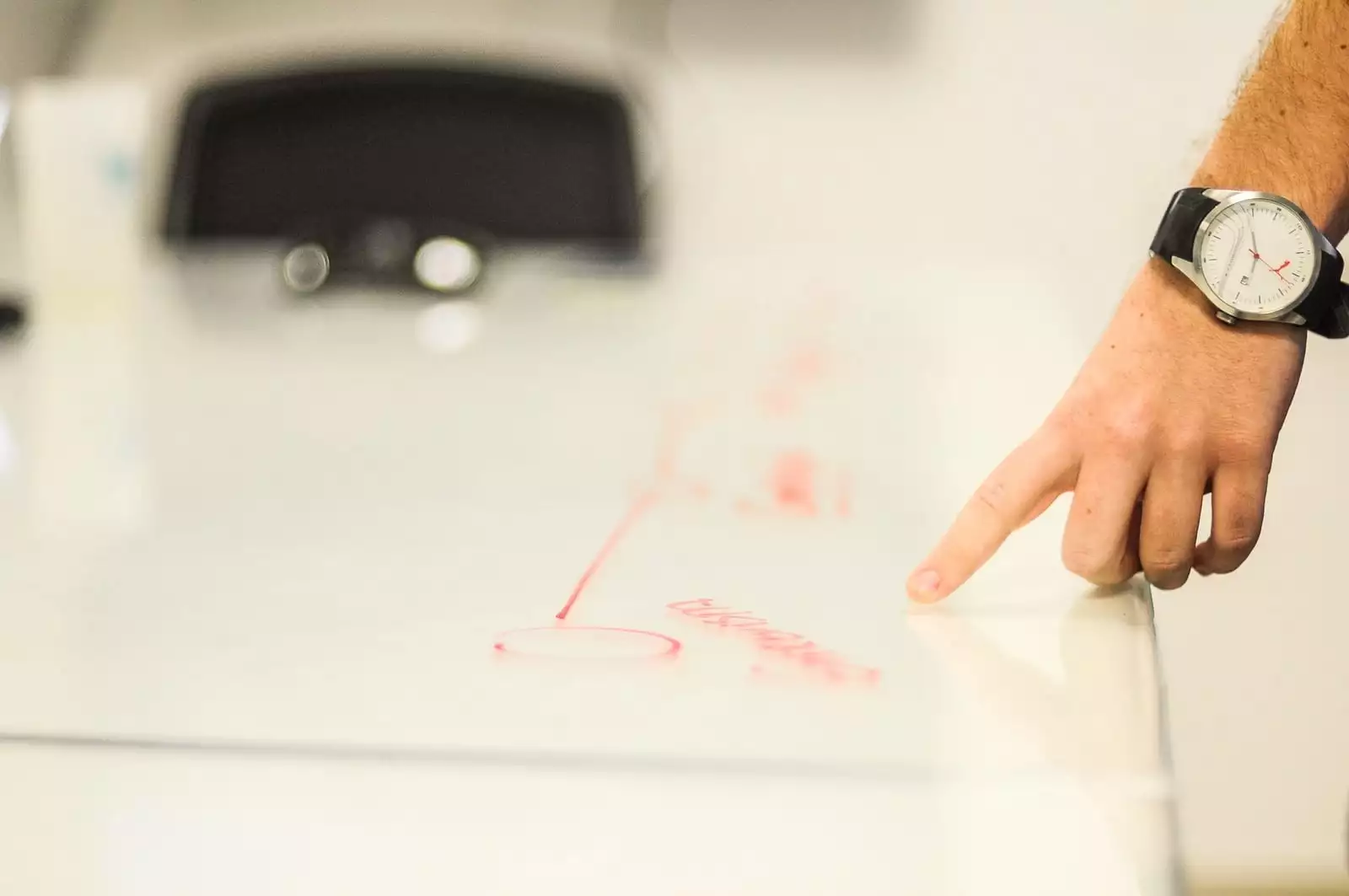
SEO vs. SEM: What Is The Difference Between SEM And SEO?
BLOG
- 13min
Category:
SEO
Date:
May 9, 2022

SEO and SEM are two of the most important aspects of online marketing. Though they share some similarities, there are also several key differences between SEO and SEM. If you have been thinking of growing your business through digital marketing, it is essential to understand both SEO and SEM. Both SEM & SEO help to get you traffic via search engines like Google.
The Basic Difference Between SEM and SEO
SEO, or search engine optimization, is the process of improving the visibility and ranking of a website or web page in search engine results pages (SERPs). SEM, or search engine marketing, is the process of using paid advertising to improve the visibility and ranking of a website or web page in SERPs. Both SEO and SEM are important for driving traffic to a website or web page. However, SEO is generally considered to be more of a long-term strategy, while SEM is more of a short-term strategy.
Paid or Organic? It Depends!
There are two main types of search engine results pages: organic and paid. Organic results are the web page listings that appear as a result of the search engine's algorithm, while paid results are listings that appear as a direct result of a company or individual paying for them. Both have their own benefits and drawbacks.
Organic Results
The main advantage of organic results is that they are free! You do not have to pay for them, and you can achieve them through SEO. However, organic results can take a long time to achieve, and you may need to invest a lot of time and effort into SEO before you see any results.
Paid Results
The main advantage of paid results is that they are immediate! You can start seeing results as soon as you start your SEM campaign. However, paid results can be expensive, and you will need to continue paying for them to maintain your position in SERPs.
SEO vs. SEM: Which Should You Use?
The answer to this question depends on your goals and budget. If you have a limited budget, SEO may be the better option for you. If you are looking for immediate results, SEM may be the better option. Ultimately, the best way to determine which strategy is right for you is to experiment and see what works best for your business.
How Does Search Engine Optimization Work?
Search engine optimization is the process of improving the visibility and ranking of a website or web page in search engine results pages. SEO can be achieved through a variety of techniques, including on-page optimization, off-page optimization, and link building.
On-Page Optimization
On-page optimization is the process of optimizing a website or web page for search engines. This can be done through a variety of methods, such as optimizing your title tags, meta descriptions, and header tags.
Off-Page Optimization
Off-page optimization is the process of optimizing a website or web page for search engines by building links to it from other websites. This can be done through link building, which is the process of creating links from other websites to your own.
Link Building
Link building is the process of creating links from other websites to your own. This can be done by submitting articles to article directories, leaving comments on blogs, and posting on forums.
How Does Search Engine Marketing Work?
Search engine marketing is the process of using paid advertising to improve the visibility and ranking of a website or web page in search engine results pages. SEM can be achieved through a variety of techniques, including pay-per-click advertising, cost-per-impression advertising, and banner advertising.
Pay-Per-Click Advertising
Pay-per-click advertising is a type of SEM that allows you to advertise your website or product on search engine results pages. You will pay a fee every time someone clicks on your ad.
Cost-Per-Impression Advertising
Cost-per-impression advertising is a type of SEM that allows you to advertise your website or product on search engine results pages. You will pay a fee every time your ad is displayed.
Banner Advertising
Banner advertising is a type of SEM that allows you to place ads on websites or web pages. You will pay a fee every time someone clicks on your ad.
SEM involves several different tactics which include the following:
Account Structure:
Your account structure moves from your account to your campaign to ad group to ad.
This helps organize your ad strategy and optimize your ad spend, for example, ads about men’s hair gel (usually) occupy or engage the same ad campaign.
Bids:
Your bid determines how much (mostly) your business will pay for a click on your ad.
Some platforms offer automated bidding options that help your business achieve its goals while still staying within the ad budget.
Get Updates every Week!
Thank you! Your submission has been received!
Oops! Something went wrong while submitting the form.






